Are you searching for a way to run Mac apps in Windows? I was too. I even tried virtual machine and software like Parallels Desktop, which is really good at what it does. But some apps don't work well or even not at all. Then, one day, I found a solution that works seamlessly. The best part is: You won't lose the quality of the apps or have compatibility issues!
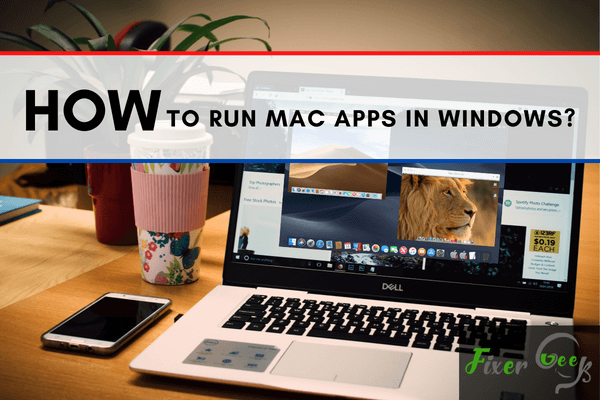
The easiest way to run map apps in Windows is to create a macOS Virtual Machine. After downloading and installing the Mac operating system in your Windows operating system, you can easily run all Mac apps in Windows. However, installing a macOS on Windows on a Virtual Machine is a bit of a complex process. So, here, we will give you a complete idea about how to install macOS on Windows and run Mac apps in Windows.
Installing macOS Mojave on Windows
- Before installing macOS Mojave, you have to download some applications. The first is VMware Player 15.0.4 and the second is the macOS Mojave. After downloading the files, extract them. There will be a “.VMDk” file. Also, download the VMware Player Patch tool.
- After extracting, go to the patch folder. Select the “win-install” command. Then, pick “Run as Administrator”. Once it finishes running the patch, access VMware.
- Click the “New Virtual Machine” option. Advance through the next window. Then choose “Custom”. And, go forward.
- At the next screen, select “Create a New Virtual Machine” and tick in the first option that says you will install the OS later. Select “Next”.

- Choose “Apple Mac OS X”. And, pick “macOS 10.14” as the Version.
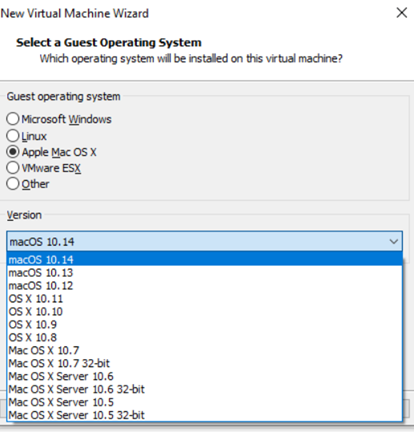
- Put no. of the processor as 1 and no. of cores per processor as 2. Click “next”.
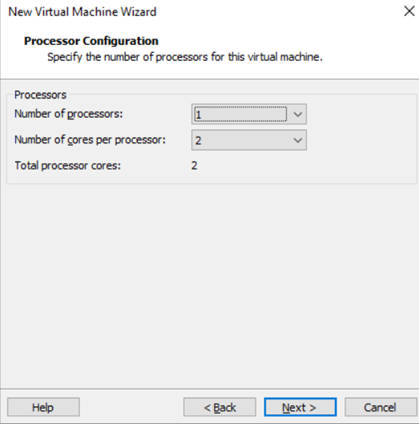
- Then, allocate memory for the Virtual Machine. We recommend 4GB.
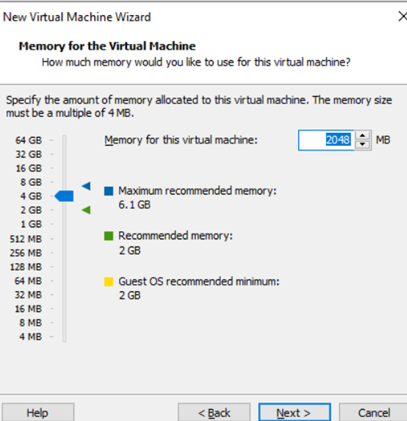
- Choose the 2nd option at the “Network Connection” section. You can also choose to not connect to a network.
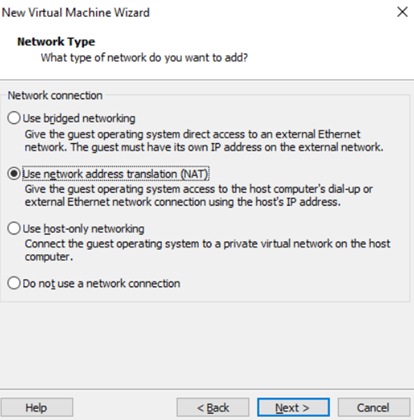
- Do not change the I/O controllers. Pick “Create a new virtual disk”. Avoid changing the disk size. Then, pick the option of storing the virtual disk as a single file.

- Then, choose where you wish to keep the disk file and select “Next”. Click on “Finish” to complete the creation of the macOS Mojave Virtual Machine.
- However, before starting the Virtual Machine, some settings should be adjusted. So, again open VMware. Access macOS Mojave Virtual Machine and select “Edit Virtual Machine settings”.
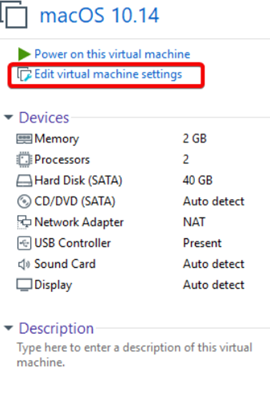
- Run VMware on 4GB default memory. In the “Processors” section, check if the value is 2 or not. If not, make it 2.
- Then, in the “Hard Disk” section, if there are any disks, delete them. Then, select “Add” to create a new disk. After completing the creating process, go to the “macOS VMDK” file location and hit “OK”.
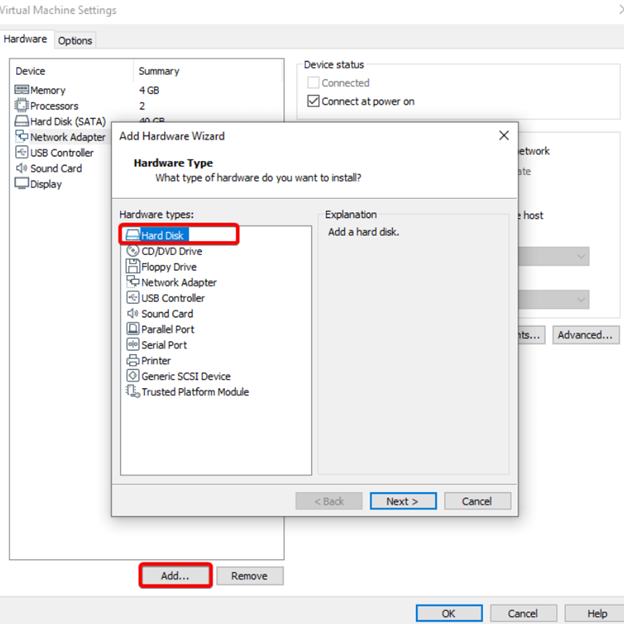
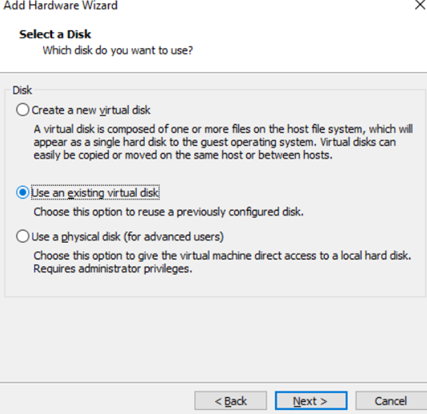
- After that, locate the “MacOS.vmx” and edit it with Notepad. Go to the end and add “smc.version = 0”. Save and now you are ready to run the Virtual Machine.
Running Mac Apps in Windows
- Now you have the Virtual Machine running on your Windows system. After that, everything in your Windows will work as a macOS.

- You have to sign in to your Apple account. If you don’t have an Apple account, create it from here – Create Apple ID.
- Now, you can access the Apple App Store. And download any Mac apps you wish to run.
- After downloading, install the application and run it. The Mac app will now run on your Windows system. If you wish you can also stop the Virtual Machine by clicking on the “Shut Down” option in the Apple logo.
So, that’s how you can run Mac apps in Windows easily.
Summary: Run Mac apps in Windows
- Download and install VirtualBox
- Install the Mac OS
- Get a Mac OS installer file
- Create a new virtual machine
- Configure the VM settings
- Select the hard drive file type for the virtual machine hard drive file.
- Copy and paste the bootable ISO file into the virtual machine.
- Start up your new Mac virtual machine.